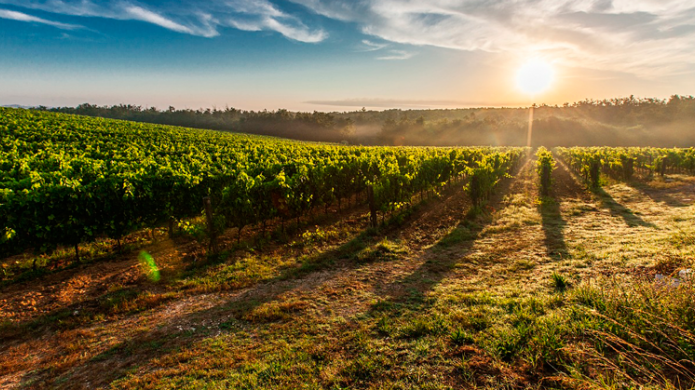- Improvement of the soil structure: more aerated and loose soil than in the control object after three years of biological activator applications. These soil structure conditions enabled the vine to develop its root system more efficiently in terms of density and depth. This increased volume of useful land gave the vine better access to the soil’s water and mineral resources.
- Better resistance to water stress: vines from the treated object exhibited better tolerance to water stress and, more generally, exhibited better physiological conditions during the three vintages.
- Clear increase in production, with higher weight per vine harvested from the treated object.
- Wine quality improvement: the wines resulting from the treated object were preferred in 2013, both in terms of nose and palate, featuring a rather strong olfactory intensity and a much higher aromatic quality. In 2014, positive nose differences were detected for the treated object which was fruitier than the control.

Vineyard.
